Santa Cruz, Argentina is a region located in the southern part of the country, bordering Chile to the west. This region is known for its diverse and unique environment, which includes vast deserts, towering mountains, and pristine coastlines.
The weather in Santa Cruz is characterized by long, dry summers and cold, windy winters. The region is home to a variety of animals, including guanacos, pumas, and Andean condors.
The diverse landscape and climate of Santa Cruz provide a habitat for a wide range of flora and fauna, making it a fascinating destination for nature enthusiasts. .
Types Of Ants In Santa Cruz, Argentina
The Types Of Ants In Santa Cruz, Argentina are listed here: Leaf-Cutter Ants, Rover Ants, Carpenter And Sugar Ants, Pyramid Ants, Forelius, Kalathomyrmex, Lasiophanes, Linepithema, Trailing Pharaoh And Timid Ants, Mycetosoritis, Army Ants, Paramycetophylax, Big Headed Ants, Typical American Harvester Ants, Fire Ants, Vampire Ants, Dark Rover Ants.
If you’ve found some other ants in this region, contact us, and we will add them to the list!
1) Leaf-Cutter Ants, Acromyrmex
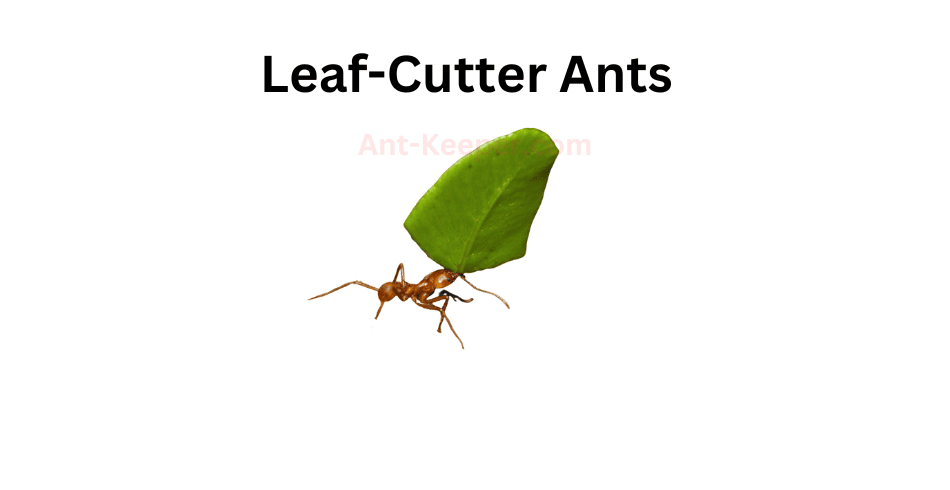
Leaf-cutter ants are a fascinating species of ants that belong to the genus Atta and Acromyrmex.
These ants are known for their unique behavior of cutting and carrying pieces of leaves back to their nests.
They are found in various habitats, including rainforests, grasslands, and deserts.
Leaf-cutter ants are social insects that live in large colonies consisting of millions of individuals.
The colonies are divided into different castes, including the queen, workers, and soldiers.
The queen is responsible for laying eggs, while the workers and soldiers are responsible for foraging, nest maintenance, and defense.
The most distinctive feature of leaf-cutter ants is their ability to cut and carry pieces of leaves that are much larger than their body size.
They use their powerful mandibles to cut the leaves into small pieces, which they then carry back to their nests.
The leaves are not used as food but are instead used to cultivate a fungus that serves as the primary food source for the colony.
Leaf-cutter ants are also known for their impressive communication skills.
They use a complex system of chemical signals to communicate with each other and coordinate their activities.
They also use pheromones to mark trails and identify food sources.
Despite their impressive abilities, leaf-cutter ants face many threats in their natural habitats.
Habitat destruction, climate change, and pesticide use are just a few of the challenges that these ants face.
Conservation efforts are underway to protect these fascinating insects and their important role in the ecosystem.
2) Rover Ants, Brachymyrmex
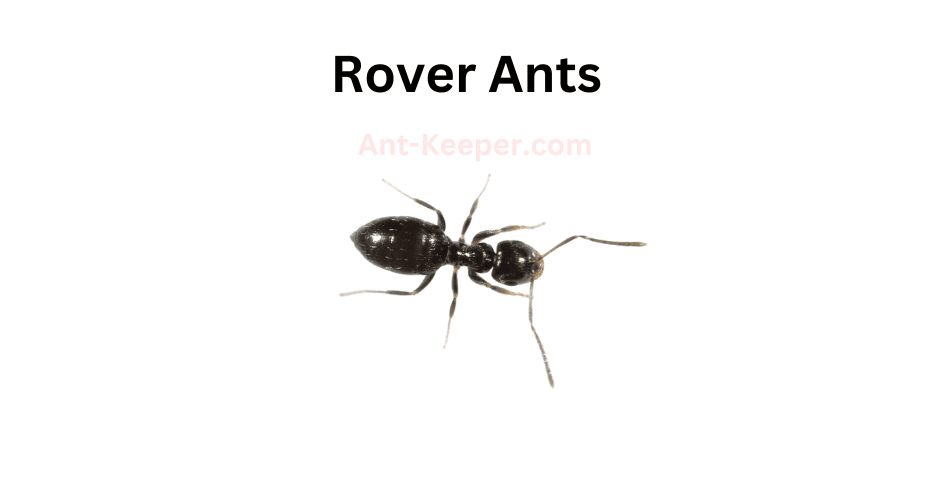
Rover ants, also known as Brachymyrmex spp., are a species of small, dark-colored ants that are commonly found in urban and suburban areas.
These ants are known for their ability to quickly move their nests from one location to another, hence their name "rover ants."
Rover ants are typically between 1.5 and 2.5 millimeters in length and have a dark brown or black coloration.
They have a slender body with a distinct waist and long, thin legs.
These ants are known for their aggressive behavior towards other ant species and will often invade and take over their nests.
Rover ants are omnivorous and will feed on a variety of food sources, including insects, sweets, and plant material.
They are also known to be attracted to human food and can become a nuisance in homes and other buildings.
One unique characteristic of rover ants is their ability to form "supercolonies." These supercolonies can consist of multiple nests and can span large areas.
This behavior allows rover ants to quickly adapt to changing environments and find new food sources.
Overall, rover ants are a common and adaptable species that can be found in many different environments.
While they can be a nuisance in homes and other buildings, they play an important role in the ecosystem as scavengers and predators of other insects.
3) Carpenter And Sugar Ants, Camponotus

Carpenter ants and sugar ants are two common species of ants found in many regions of the world.
Carpenter ants are known for their ability to excavate wood and create nests within it.
They are typically larger in size than sugar ants and have a black or dark brown coloration.
Carpenter ants are also known for their strong mandibles, which they use to chew through wood and other materials.
Sugar ants, on the other hand, are smaller in size and have a yellow or brown coloration.
They are named for their preference for sugary foods and are often found in kitchens and other areas where food is stored.
Sugar ants are also known for their ability to form large colonies, with thousands of individual ants working together to gather food and care for their young.
Both carpenter ants and sugar ants play important roles in their ecosystems.
Carpenter ants help to break down dead wood and other plant material, which helps to recycle nutrients back into the soil.
Sugar ants help to disperse seeds and pollinate plants, which helps to maintain healthy ecosystems.
However, both species can also be pests when they invade human homes and buildings.
Carpenter ants can cause damage to wooden structures, while sugar ants can contaminate food and be a nuisance to homeowners.
It is important to take steps to prevent ant infestations and to control them if they do occur, in order to protect both human health and the health of the environment.
4) Pyramid Ants, Dorymyrmex
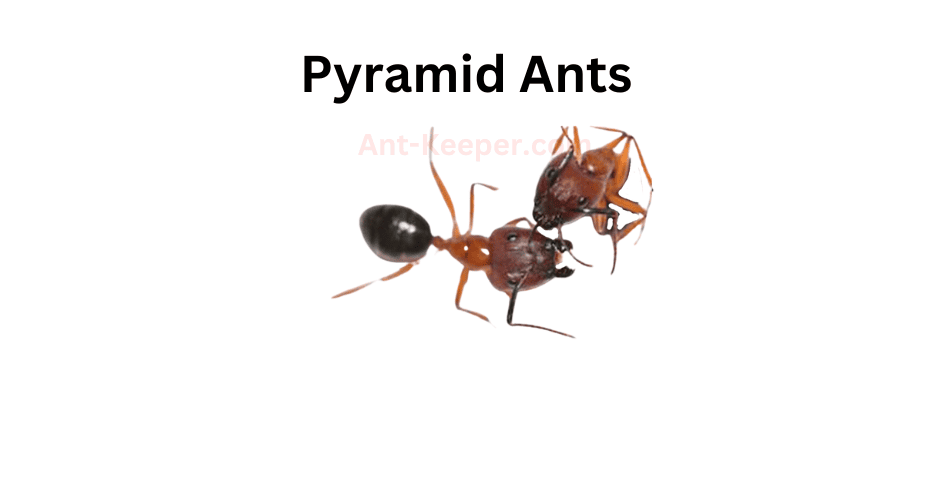
Pyramid ants, also known as Dorymyrmex pyramicus, are a species of ant that belongs to the family Formicidae.
These ants are commonly found in dry and arid regions, where they build their nests in the form of small pyramids made of sand or soil.
The workers of pyramid ants are small, measuring around 3-4 mm in length, and are reddish-brown in color.
They have a slender body with long legs and antennae, which they use to communicate with each other through chemical signals.
Pyramid ants are known for their aggressive behavior towards other ant species and insects that invade their territory.
They use their strong mandibles to defend their nest and food sources, and can deliver a painful sting if threatened.
These ants are omnivorous, feeding on a variety of food sources including insects, seeds, and nectar.
They are also known to tend to aphids, which they protect from predators in exchange for the sweet honeydew that the aphids produce.
Pyramid ants are important members of their ecosystem, playing a role in seed dispersal and soil aeration.
They are also preyed upon by a variety of animals, including birds, lizards, and other insects.
Overall, pyramid ants are fascinating creatures that have adapted to survive in harsh and arid environments.
Their unique nesting behavior and aggressive nature make them an interesting species to study and observe in the wild.
5) Forelius
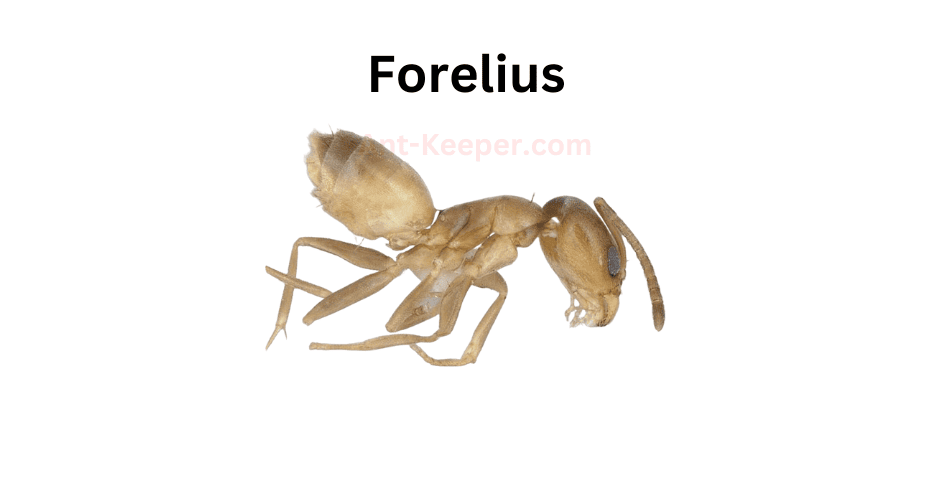
Forelius is a genus of ants that belongs to the family Formicidae.
These ants are commonly found in arid and semi-arid regions, and they are known for their small size and aggressive behavior.
Forelius ants are typically yellow or brown in color, and they have a slender body with long legs and antennae.
Forelius ants are social insects that live in colonies.
The colonies are usually small, with only a few hundred individuals, and they are often found nesting in the soil or under rocks.
The ants are omnivorous, and they feed on a variety of foods, including insects, nectar, and seeds.
One of the most interesting aspects of Forelius ants is their aggressive behavior.
These ants are known for their ability to defend their territory and resources against other ant species.
They will attack and kill other ants that come too close to their nest or food sources.
This behavior is thought to be an adaptation to the harsh and competitive environment in which they live.
Forelius ants also have a unique method of communication.
They use chemical signals, or pheromones, to communicate with each other.
These signals are used to mark trails, identify nestmates, and signal danger.
The ants also use tactile communication, such as touching antennae, to exchange information.
Overall, Forelius ants are fascinating insects that have adapted to survive in harsh and competitive environments.
Their aggressive behavior and unique communication methods make them a fascinating subject for study.
6) Kalathomyrmex
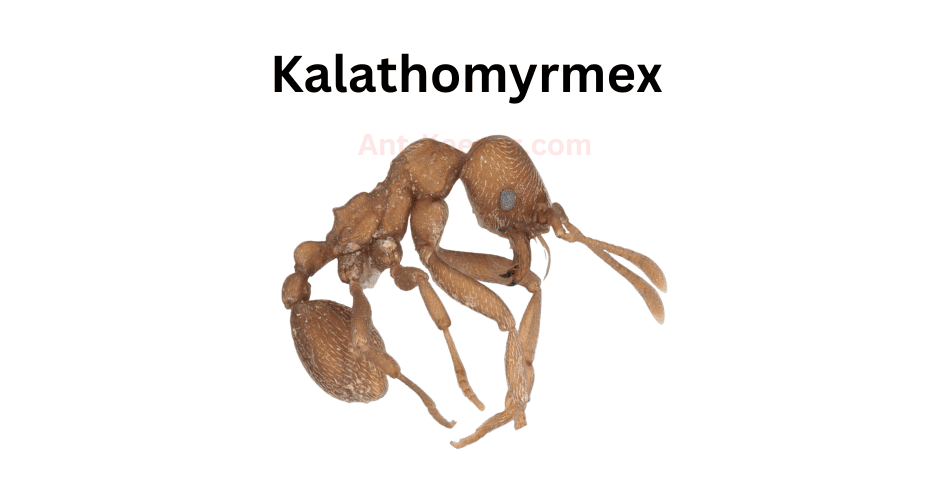
Kalathomyrmex is a genus of ants that belongs to the subfamily Myrmicinae.
These ants are relatively small in size, with workers measuring between 2.5 to 3.5 millimeters in length.
The genus is characterized by its unique morphology, including a distinctive head shape and a narrow waist.
Kalathomyrmex ants are known to inhabit a variety of habitats, including forests, grasslands, and deserts.
They are typically found nesting in soil or leaf litter, and are known to be active foragers, feeding on a variety of food sources including insects, seeds, and nectar.
The reproductive biology of Kalathomyrmex ants is not well understood, but it is believed that they have a typical ant reproductive system, with queens and males mating during a nuptial flight.
The colony size of Kalathomyrmex ants is relatively small, with only a few hundred individuals per colony.
Overall, Kalathomyrmex ants are an interesting and unique genus of ants that are still being studied by scientists to better understand their behavior, ecology, and evolutionary history.
7) Lasiophanes
Lasiophanes is a genus of ants belonging to the family Formicidae.
The ants in this genus are known for their unique physical characteristics, including their elongated mandibles and slender bodies.
Lasiophanes ants are typically found in forested areas and are known to be active foragers, often hunting for small insects and other arthropods.
One species of Lasiophanes, Lasiophanes mandibularis, is particularly notable for its impressive mandibles.
These mandibles are elongated and curved, resembling the shape of a sickle.
The mandibles are used by the ants to capture and subdue prey, as well as to defend their nests from predators.
Lasiophanes ants are also known for their social behavior.
They live in colonies, with each colony consisting of a queen, workers, and sometimes soldiers.
The queen is responsible for laying eggs, while the workers are responsible for caring for the young and foraging for food.
Soldiers, if present, are responsible for defending the colony from predators.
Overall, Lasiophanes ants are fascinating creatures with unique physical characteristics and complex social behavior.
They play an important role in their ecosystems, serving as both predators and prey, and are an important subject of study for scientists interested in understanding the behavior and ecology of ants.
8) Linepithema

Linepithema is a genus of ants that belongs to the subfamily Dolichoderinae.
The ants in this genus are small in size, measuring between 1.5 to 3 millimeters in length.
They are known for their ability to form large colonies, which can consist of thousands of individuals.
Linepithema ants are typically found in urban and suburban areas, where they feed on a variety of food sources, including sweets, meats, and fats.
They are also known to feed on the honeydew produced by aphids and other insects.
One of the most interesting aspects of Linepithema ants is their ability to form supercolonies.
These supercolonies can span hundreds of meters and contain millions of individuals.
This is made possible by the ants' ability to recognize and tolerate individuals from other colonies, which allows them to merge and form larger groups.
Despite their small size, Linepithema ants are known for their aggressive behavior.
They will defend their territory and food sources fiercely, often attacking other ants and insects that come too close.
They are also known to be able to adapt quickly to changing environments, which has allowed them to thrive in many different parts of the world.
Overall, Linepithema ants are fascinating creatures that have adapted to life in urban and suburban environments.
Their ability to form supercolonies and adapt quickly to changing conditions has made them a successful and resilient species.
9) Trailing Pharaoh And Timid Ants, Monomorium

The Trailing Pharaoh ant, also known as the Monomorium pharaonis, is a small, reddish-brown ant species that is commonly found in urban areas.
These ants are known for their ability to form large colonies, which can consist of thousands of individuals.
One interesting behavior of the Trailing Pharaoh ant is their tendency to trail behind other ants.
This behavior is thought to be a form of communication, as the trailing ants are able to follow the scent trail left by the leading ants.
This behavior is also used to locate food sources, as the trailing ants are able to follow the trail to the source of the food.
In contrast to the bold behavior of the Trailing Pharaoh ant, the Timid ant, also known as the Temnothorax species, is a much more cautious species.
These ants are small and brown, and are often found in wooded areas.
They are known for their timid behavior, and will often retreat into their nests when threatened.
Despite their timid nature, the Timid ant is still able to form large colonies.
They are also known for their ability to adapt to changing environments, and can be found in a variety of habitats, including forests, meadows, and even urban areas.
Overall, both the Trailing Pharaoh ant and the Timid ant are fascinating species that demonstrate unique behaviors and adaptations.
By studying these ants, scientists can gain a better understanding of the complex social behaviors and ecological roles of ants in their respective environments.
10) Mycetosoritis
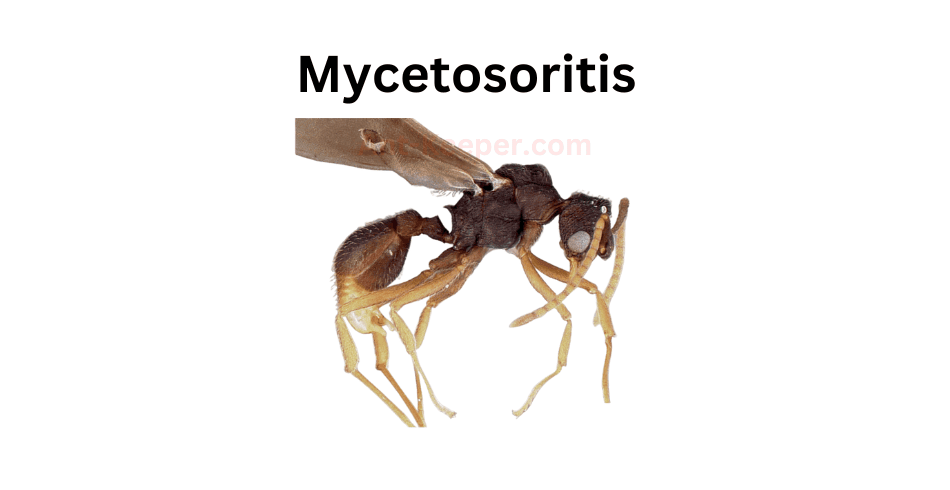
Mycetosoritis is a genus of ants that belongs to the family Formicidae.
These ants are known for their unique behavior of cultivating fungi as their primary food source.
The name Mycetosoritis is derived from the Greek words "myceto" meaning fungus and "soritis" meaning gatherer.
Mycetosoritis ants are small in size, measuring between 2 to 4 millimeters in length.
They have a dark brown or black coloration and a distinctively shaped head with a narrow neck.
These ants are found in a variety of habitats, including forests, grasslands, and deserts.
One of the most interesting aspects of Mycetosoritis ants is their symbiotic relationship with fungi.
These ants cultivate fungi in underground gardens, which they tend to and protect from pests and other threats.
The fungi, in turn, provide the ants with a nutritious food source.
Mycetosoritis ants are also known for their aggressive behavior towards other ant species.
They will defend their territory and food sources fiercely, often engaging in battles with rival ant colonies.
Despite their small size, Mycetosoritis ants play an important role in their ecosystem.
By cultivating fungi, they help to break down organic matter and recycle nutrients back into the soil.
They also serve as a food source for other animals, such as birds and small mammals.
Overall, Mycetosoritis ants are fascinating creatures that have evolved unique adaptations to survive in their environment.
Their symbiotic relationship with fungi and aggressive behavior towards rivals make them a fascinating subject for scientific study.
11) Army Ants, Neivamyrmex
Army ants are a type of ant that belong to the subfamily Dorylinae.
They are known for their aggressive behavior and their ability to form large colonies that can contain up to several million individuals.
Army ants are found in tropical and subtropical regions around the world, and they play an important role in the ecosystems where they live.
One of the most distinctive features of army ants is their nomadic lifestyle.
Unlike other ants that build permanent nests, army ants are constantly on the move, searching for food and new nesting sites.
They are also known for their impressive hunting skills.
When they come across prey, they swarm over it in large numbers, overwhelming it with their sheer numbers and powerful jaws.
Army ants are also social insects, with a complex hierarchy that determines the roles of each individual in the colony.
The queen is the largest ant in the colony and is responsible for laying eggs.
The workers are responsible for foraging, caring for the young, and defending the colony.
The soldiers are larger and have stronger jaws, which they use to protect the colony from predators.
Despite their aggressive behavior, army ants are an important part of many ecosystems.
They help to control the populations of other insects and small animals, and they provide food for larger predators such as birds and mammals.
In some cultures, army ants are even used as a source of food for humans.
Overall, army ants are fascinating creatures that have adapted to life in some of the most challenging environments on Earth.
Their nomadic lifestyle, impressive hunting skills, and complex social structure make them one of the most interesting species of ants in the world.
12) Paramycetophylax
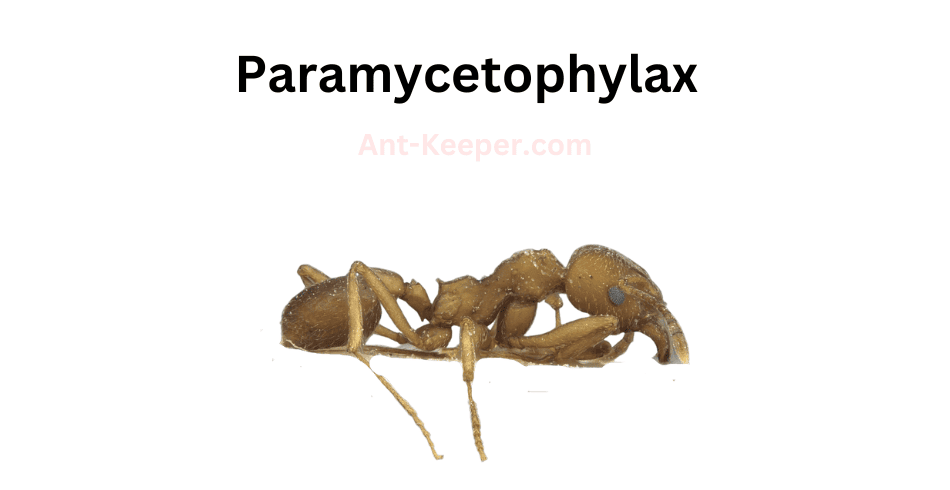
Paramycetophylax is a genus of ants belonging to the family Formicidae.
These ants are known for their small size and unique physical characteristics.
The workers of this genus are typically between 1.5 and 2.5 millimeters in length, with a dark brown or black coloration.
They have a distinctively elongated head and mandibles that are curved downwards.
Paramycetophylax ants are primarily found in tropical and subtropical regions, where they inhabit a variety of habitats including forests, grasslands, and deserts.
They are known to be highly adaptable and can thrive in both natural and disturbed environments.
These ants are social insects, living in colonies that can range in size from a few dozen to several thousand individuals.
The colonies are typically polygynous, meaning they have multiple queens.
The queens are responsible for laying eggs, while the workers are responsible for foraging, caring for the young, and defending the colony.
Paramycetophylax ants are omnivorous, feeding on a variety of food sources including insects, nectar, and plant sap.
They are also known to engage in mutualistic relationships with other insects, such as aphids, which provide them with a source of honeydew in exchange for protection.
Overall, Paramycetophylax ants are fascinating creatures that play an important role in their ecosystems.
Their unique physical characteristics and adaptable nature make them a valuable subject of study for scientists and researchers.
13) Big Headed Ants, Pheidole

Big Headed Ants, also known as Pheidole megacephala, are a species of ant that belong to the family Formicidae.
These ants are known for their distinctive large heads, which are used for defense and communication within their colonies.
Big Headed Ants are typically found in tropical and subtropical regions, where they build their nests in soil, leaf litter, and other organic matter.
They are omnivorous, feeding on a variety of insects, seeds, and other small organisms.
One of the most interesting aspects of Big Headed Ants is their social behavior.
They live in large colonies, with a queen ant at the center of the hierarchy.
The queen is responsible for laying eggs, while the other ants in the colony perform various tasks such as foraging for food, caring for the young, and defending the colony from predators.
Big Headed Ants are also known for their ability to displace other ant species in their habitats.
They are aggressive and have been known to attack and kill other ants, as well as compete with them for resources.
Despite their aggressive behavior, Big Headed Ants are not considered a major pest species.
However, their ability to displace other ant species and their potential impact on native ecosystems make them an important species to study and monitor.
14) Typical American Harvester Ants, Pogonomyrmex
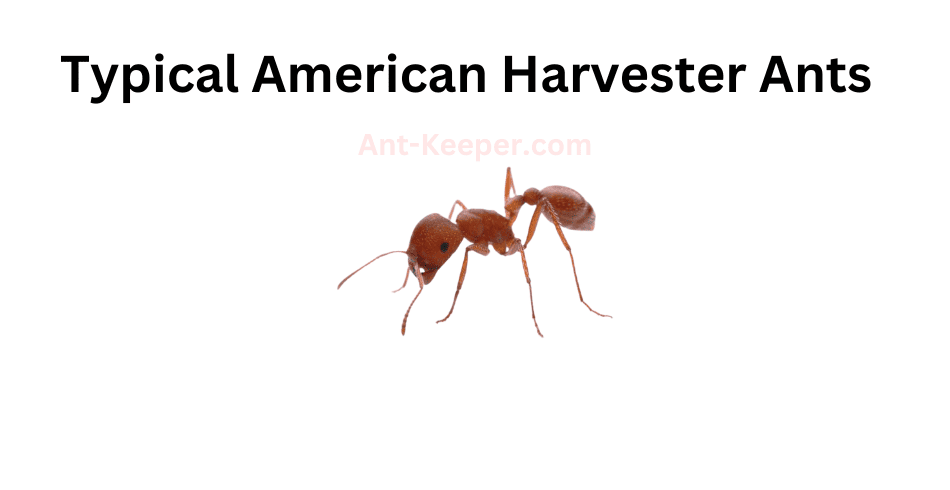
The typical American Harvester Ant (Pogonomyrmex spp.) is a species of ant that belongs to the family Formicidae.
These ants are commonly found in grasslands and deserts throughout North America.
They are known for their impressive ability to harvest and store seeds, which they use as a primary food source.
The American Harvester Ant is a medium-sized ant, with workers ranging in size from 4 to 8 mm in length.
They have a distinctive reddish-brown coloration and a large head with powerful mandibles.
These ants are highly social and live in large colonies, with a single queen responsible for laying eggs and producing new workers.
One of the most notable characteristics of the American Harvester Ant is their impressive seed harvesting behavior.
These ants use their powerful mandibles to cut and collect seeds from nearby plants, which they then carry back to their nest.
Once inside the nest, the ants store the seeds in underground chambers, where they can be accessed as needed.
In addition to their seed harvesting behavior, American Harvester Ants are also known for their aggressive defense of their nests.
These ants will fiercely defend their colony against any perceived threat, using their powerful mandibles to bite and sting intruders.
Overall, the American Harvester Ant is a fascinating species of ant with unique behaviors and adaptations that allow them to thrive in their native habitats.
Their impressive seed harvesting abilities and aggressive defense strategies make them an important part of many North American ecosystems.
15) Fire Ants, Solenopsis
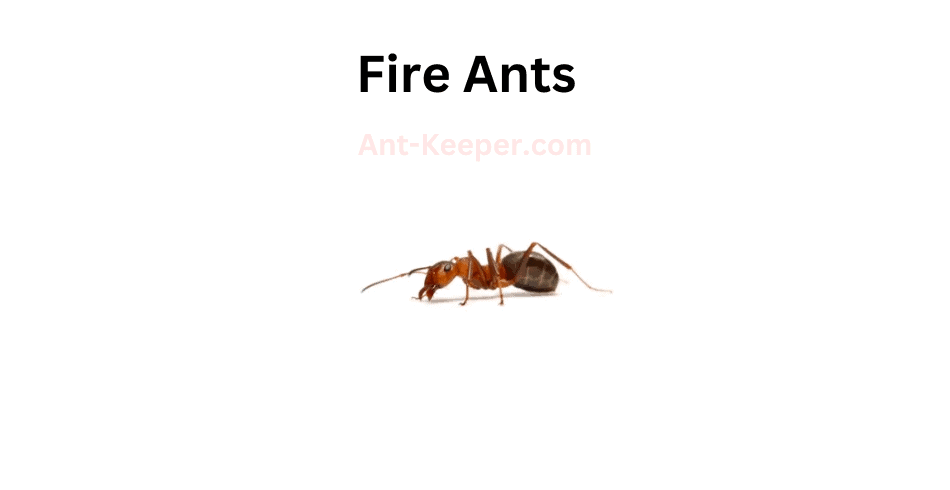
Fire ants are a type of ant that belongs to the Solenopsis genus.
They are known for their reddish-brown color and their aggressive behavior.
Fire ants are social insects that live in colonies, which can range in size from a few hundred to several thousand individuals.
Fire ants are omnivorous and feed on a variety of foods, including insects, seeds, and other small animals.
They are also known to scavenge for food and will often invade other ant colonies to steal their resources.
One of the most distinctive features of fire ants is their ability to sting.
They have a stinger located at the end of their abdomen, which they use to inject venom into their prey or enemies.
Fire ant stings can be painful and can cause an allergic reaction in some people.
Fire ants are also known for their ability to build large mounds, which can reach heights of up to 18 inches.
These mounds are made of soil and are used as a nesting site for the colony.
Fire ants are considered to be an invasive species in many parts of the world, as they can cause damage to crops and wildlife.
They are also a nuisance to humans, as their stings can be painful and their mounds can be unsightly.
Overall, fire ants are fascinating insects that have adapted to thrive in a variety of environments.
While they can be a nuisance, they are an important part of the ecosystem and play a vital role in controlling insect populations.
16) Vampire Ants, Stigmatomma
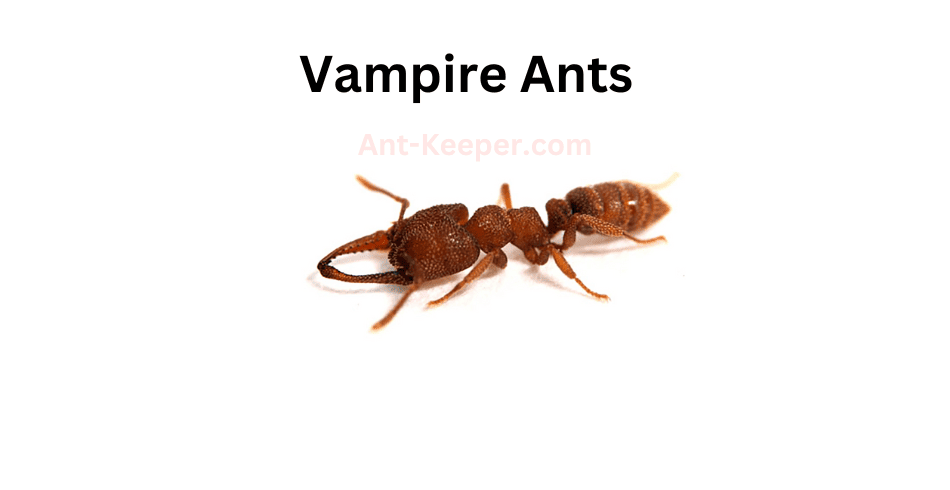
Vampire ants, also known as blood-sucking ants, are a species of ants that feed on the blood of other insects.
These ants are known for their unique feeding behavior, which involves biting into the exoskeleton of their prey and then sucking out their blood.
Vampire ants are typically found in tropical and subtropical regions, where they live in colonies of up to several thousand individuals.
They are known for their aggressive behavior and will attack other insects, including larger prey such as grasshoppers and caterpillars.
One of the most interesting aspects of vampire ants is their ability to adapt to their environment.
In some cases, these ants have been known to feed on the blood of their own colony members when other sources of food are scarce.
Vampire ants are also known for their unique physical characteristics.
They have long, curved mandibles that are used to bite into the exoskeleton of their prey.
They also have specialized mouthparts that allow them to suck out the blood of their victims.
Despite their aggressive behavior and blood-sucking tendencies, vampire ants play an important role in their ecosystem.
They help to control the populations of other insects and contribute to the overall balance of their environment.
Overall, vampire ants are a fascinating species of ants that have adapted to their environment in unique and interesting ways.
Their behavior and physical characteristics make them a subject of interest for scientists and nature enthusiasts alike.
17) Dark Rover Ants, Brachymyrmex Patagonicus
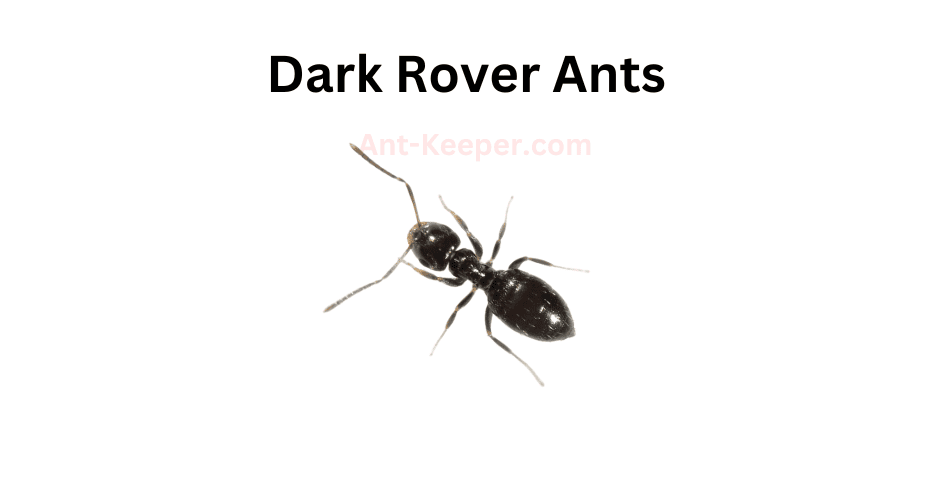
The Dark Rover Ant, also known as Brachymyrmex patagonicus, is a small species of ant that belongs to the family Formicidae.
These ants are typically dark brown or black in color and have a shiny appearance due to their smooth exoskeleton.
Dark Rover Ants are known for their ability to quickly adapt to new environments and thrive in urban areas.
They are often found in parks, gardens, and other green spaces, as well as in buildings and homes.
These ants are omnivorous and will feed on a variety of food sources, including insects, fruits, and sugary substances.
One unique characteristic of the Dark Rover Ant is their ability to form large colonies with multiple queens.
This allows them to rapidly expand their population and dominate their environment.
However, they are also known to engage in territorial disputes with other ant species.
Dark Rover Ants are considered a nuisance pest in many areas due to their tendency to invade homes and buildings in search of food and shelter.
They can also cause damage to electrical equipment and wiring.
Overall, the Dark Rover Ant is a fascinating species of ant that has adapted well to urban environments.
While they may be a nuisance to humans, they play an important role in their ecosystem and are an important food source for many other animals.
Check Out Some Of Our Other Ants By Location Posts
| Types Of Ants In Lesser Sunda Islands, Indonesia | The Lesser Sunda Islands, located in Indonesia’s eastern region, are a group of islands that stretch from Bali to Timor. This region is known for ... |
| Types Of Ants In American Samoa | American Samoa, a group of islands located in the South Pacific Ocean, is a unique and diverse region with a rich natural environment. The islands ... |
| Types Of Ants In Rio Grande Do Norte, Brazil | Rio Grande do Norte is a state located in the northeastern region of Brazil, bordered by the Atlantic Ocean to the north and east. The ... |
| Types Of Ants In Lithuania | Lithuania, a country located in the Baltic region of Europe, boasts a diverse and unique environment. With a temperate climate, Lithuania experiences four distinct seasons, ... |
| Types Of Ants In Yunnan, China | Yunnan, a province located in southwestern China, is a region known for its diverse and unique environment. With a varied topography ranging from high mountains ... |

